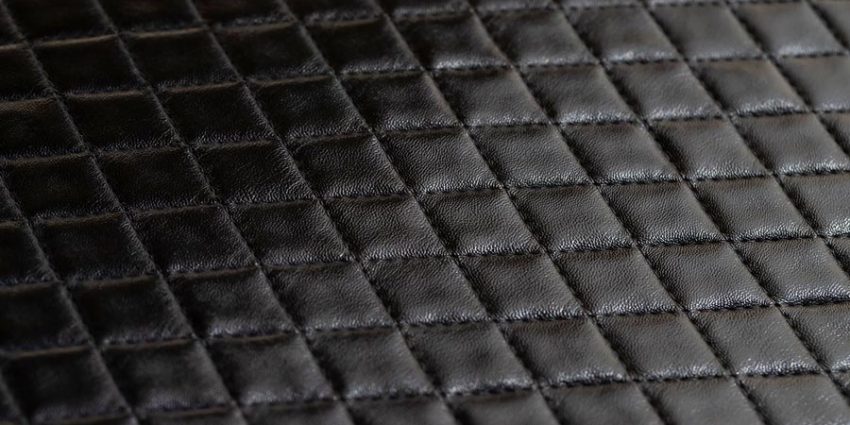Leather is a timeless material that exudes luxury, durability, and elegance. Whether it’s a sleek leather jacket, a plush sofa, or a pair of sturdy boots, leather items are treasured possessions. But like any prized possession, they require proper care to maintain their beauty and longevity. In this guide, we’ll delve into expert maintenance tips to keep your leather looking as good as new.
Understanding Leather Maintenance
Leather, as luxurious as it is, can be quite delicate. Sunlight, moisture, dirt—these are its arch-enemies. Over time, exposure to these elements can cause leather to crack, fade, or lose its luster. Regular maintenance is crucial to combat these issues and prolong the life of your leather goods. Cleaning, conditioning, and protecting—these are the trifecta of leather care. Each step plays a vital role in ensuring that your leather remains supple, vibrant, and resilient.
Cleaning Leather
First things first, cleanliness is next to godliness, especially when it comes to leather. Dirt and stains not only mar the appearance of leather but can also cause long-term damage if not addressed promptly. Always opt for mild, pH-balanced cleaners specifically designed for leather. Harsh chemicals can strip away natural oils, leaving the leather dry and brittle. Before diving into a full-scale cleaning session, test the cleaner on a small, inconspicuous area. This ensures that the cleaner doesn’t discolor or damage the leather. Different leathers require different approaches. For smooth leather, use a damp cloth and gentle cleaner. For suede and nubuck, a dry brush or specialized eraser works wonders.
Step-by-Step Cleaning:
- Dust off any surface dirt with a soft cloth or brush.
- Apply a small amount of cleaner to a cloth, and gently rub it into the leather in a circular motion.
- Wipe off any excess cleaner with a clean, damp cloth.
- Allow the leather to air dry away from direct heat or sunlight.
Conditioning Leather
Leather is like your skin; it needs moisture to stay soft and supple. Over time, leather can lose its natural oils, leading to dryness and cracks. This is where conditioning comes into play. Not all conditioners are created equal. Ensure that you select one that matches the type of leather you’re treating. Apply the conditioner evenly using a soft cloth or sponge. Work it into the leather with gentle, circular motions. Let it sit for a few hours or overnight to fully absorb.
Best Practices:
- Apply conditioner every 3-6 months, or more frequently for items exposed to harsh conditions.
- Avoid over-conditioning, as this can make the leather too soft and prone to damage.
- Always follow the manufacturer’s recommendations for specific products.
Protecting Leather
After cleaning and conditioning, the final step is protection. This step involves applying products that shield leather from moisture, stains, and UV damage. These products create a protective barrier on the surface of the leather. They’re especially useful for items like shoes and bags that are frequently exposed to the elements. Ensure that the leather is clean and dry before applying any protective product. Spray or apply evenly and allow it to dry completely.
Protection Steps:
- Shake the protective product well before use.
- Hold the spray at a distance of about 6-8 inches from the leather.
- Apply in a well-ventilated area and allow the leather to dry naturally.
Specialized Care for Different Leather Products
Different leather items have different needs. Furniture: Dust regularly and clean spills immediately. Use a leather conditioner to keep it soft and prevent cracking. Garments: Avoid exposure to direct sunlight and heat. Clean stains promptly and store in a breathable garment bag. Shoes: Use shoe trees to maintain shape. Clean and condition regularly, and apply waterproofing sprays. Accessories: Store in dust bags or boxes. Clean and condition to keep them looking fresh and new.
Storage and Handling Tips
Proper storage is key to maintaining leather’s integrity. Store leather items in a cool, dry place away from direct sunlight and heat sources. Use breathable covers or dust bags to protect from dust while allowing air circulation. Never store leather in plastic bags, as this can trap moisture and lead to mold or mildew.
Conclusion
Preserving the life of your leather is all about regular care and attention to detail. By incorporating these maintenance practices into your routine, you can keep your leather items looking beautiful and lasting longer. From cleaning and conditioning to protection and storage, every step is crucial in maintaining the elegance and durability of leather. So, take the time to care for your leather, and it will reward you with years of service and style.

